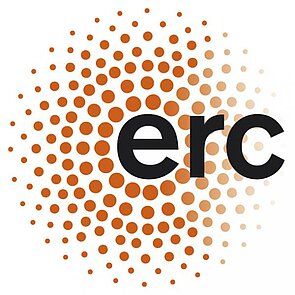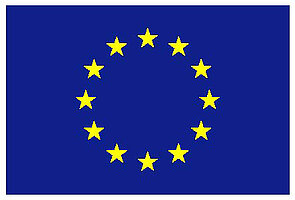2 January 2024 - New publication in Computational Materials Science
Structures and energies of twist grain boundaries in Mg2SiO4 forsterite
In this work, we investigate the structures and energies of twist grain boundary (GB) in Mg2SiO4 forsterite using
atomistic simulations.
Three GB planes, (010), (120) and (001), corresponding to the most favorable free surfaces of this crystal are considered showing that twist GB follow the same energy ordering as corresponding free surfaces.
Low disorientation twist boundaries are made up, as expected, of networks of screw dislocations whose Burgers vectors are contained in the interface. For (010) boundaries, dislocations [100] and [001] which are found are well known in this structure. However, they have core structures that tend to extend into the boundaries plane. (001) boundaries are made up of [100] dislocations, but also [010] dislocations that are uncommon in forsterite. These are characterized by dissociations in the boundary plane that have not yet been reported.
The case of (120) boundaries is more unusual, since in addition to dislocations [001], it involves dislocations [-210] hitherto unknown in this structure.
The strong geometric constraints imposed by these planar defects induce the formation of unusual geometrically necessary interface dislocations, whose properties can be rationalized using a gamma-surface approach.
To learn more:
J. Furstoss, P. Hirel, P. Carrez, K. Gouriet, V. Meko-Fotso & P. Cordier (2024) Structures and energies of twist grain boundaries in Mg2SiO4 forsterite. Computational Materials Science, 233, 112768, https://doi.org/10.1016/j.commatsci.2023.112768

